Activities
Fine Arts At
Punitha Ohm
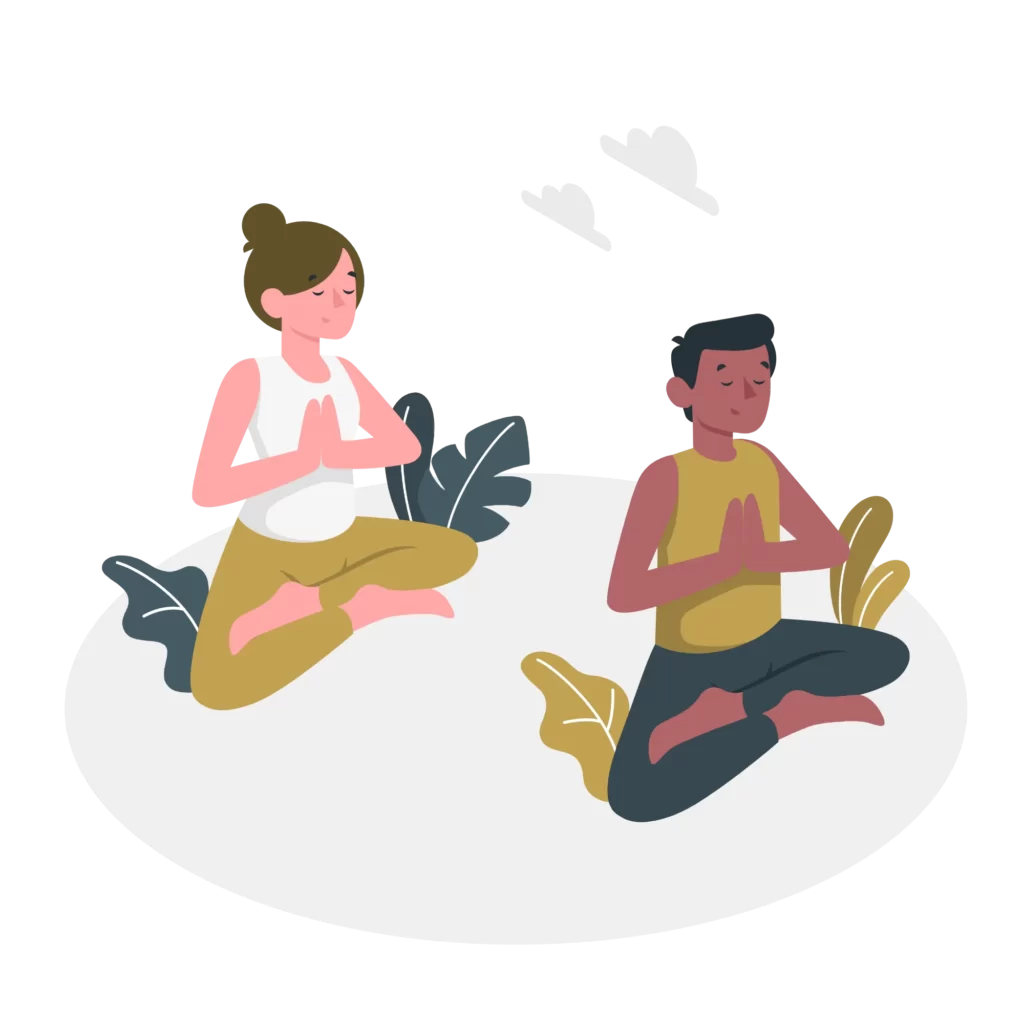
Fine Arts At punitha Ohm

Dance
Arts And Craft
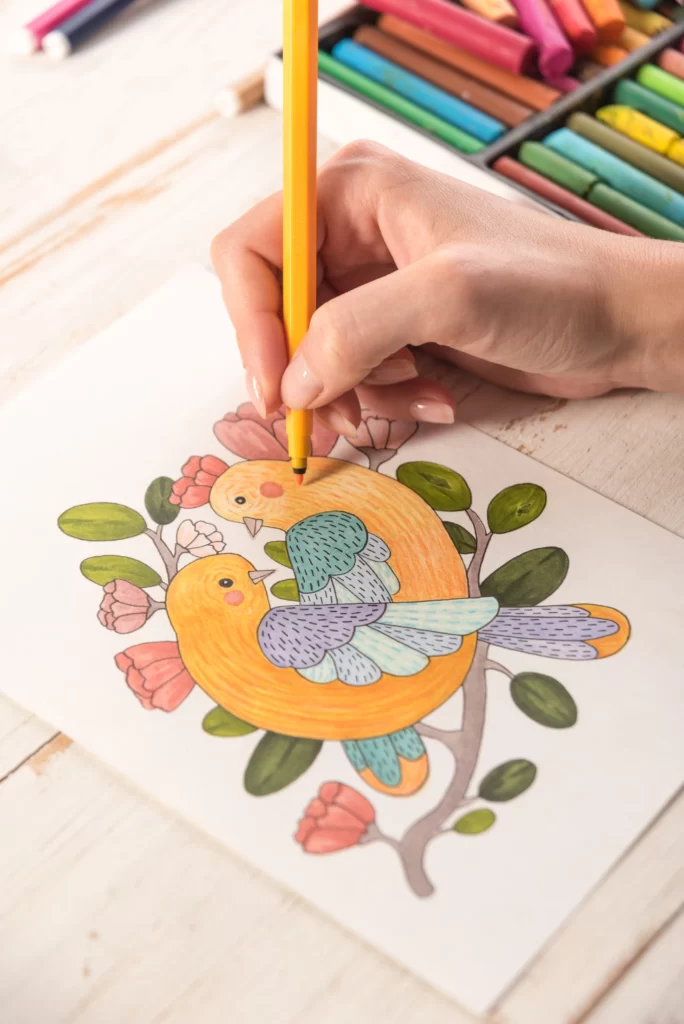

Music
Children who succed on an instrument also do better in school
We have qualified and experienced music teacher who is patient, encouraging, and can make learning an instrument fun and engaging for the child.
Vocal music : carnatic sangeetham
Instrumental :
• Piano
• Drums
• Guitar
• Violin
Parents can choose an instrument that aligns with the child’s interests and personality.
Children who are naturally curious and enjoy experimenting with sound and music might enjoy learning percussion instruments -drums
while those who are more quiet, intelligent and enjoy solitary activities might enjoy learning the piano.
Those who are self contained and acquistive might enjoy learning guitar
Those who are quietly behaved children neither solitary nor gregarious might enjoy playing violin
Yoga
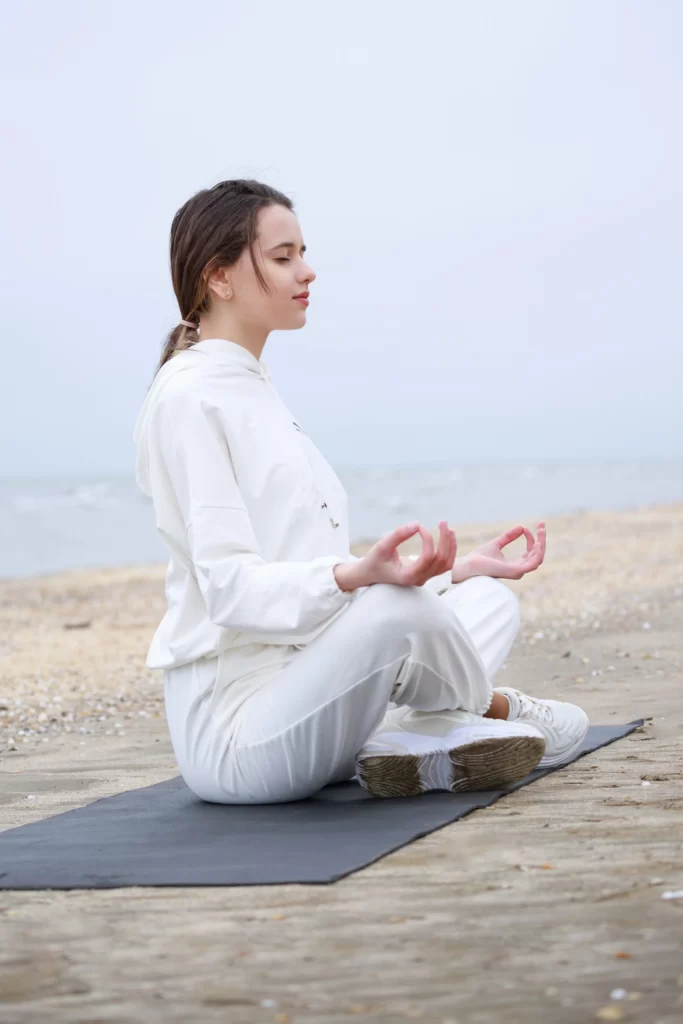
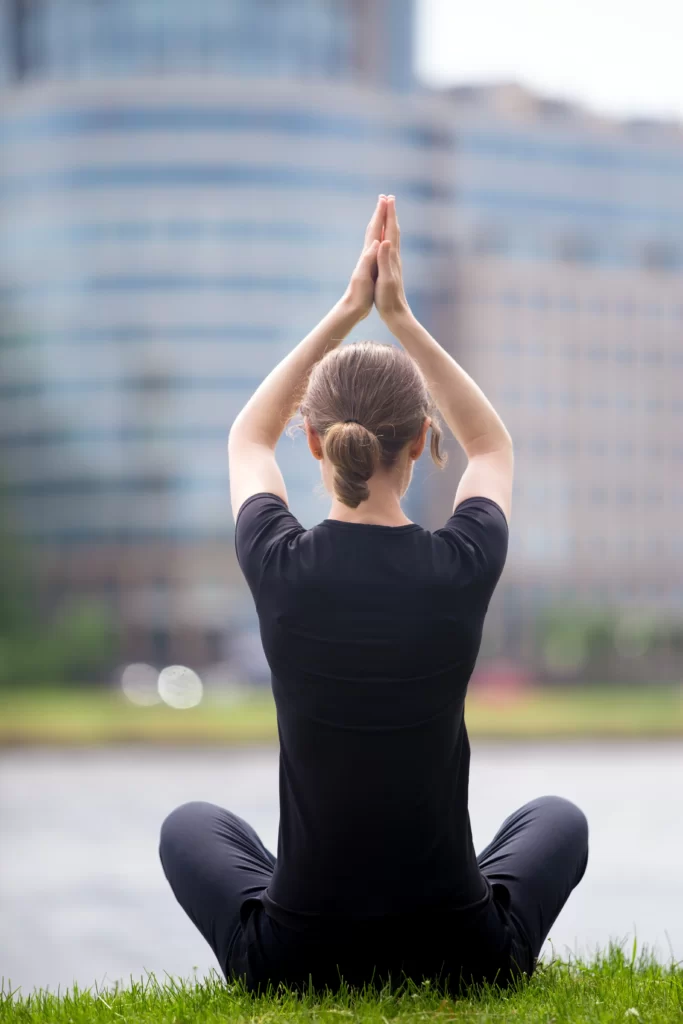
Mantras
Mantras, or short phrases that are repeated to focus the mind, can be beneficial for
children in school in several ways:
Stress reduction: Repeating a mantra can help children relax and reduce stress, which can improve their overall well-being and ability to focus in school.
Improved concentration: Using a mantra can help children focus on their studies and improve their concentration.
Increased self-awareness: Repeating a mantra can help children develop a greater sense of self-awareness and mindfulness, which can improve their emotional regulation and ability to handle difficult situations.
Encourage positive thinking: Mantra can be used as a tool to help children develop a positive mindset, which can lead to better performance in school and in life.
Enhancing memory: Some mantras can be used to help children remember important information, such as facts or formulas for math or science.
Spiritual Classes
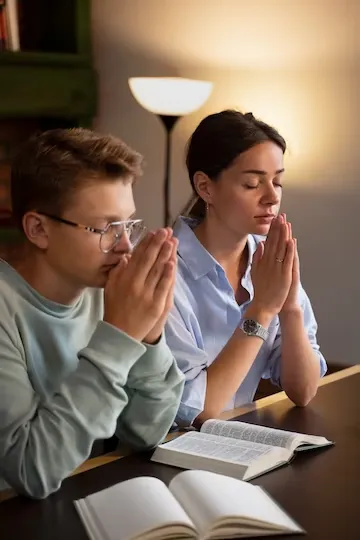
Admission Open For 2022-2023
